Unlocking Alpha: How AI is Revolutionizing Investment Strategies
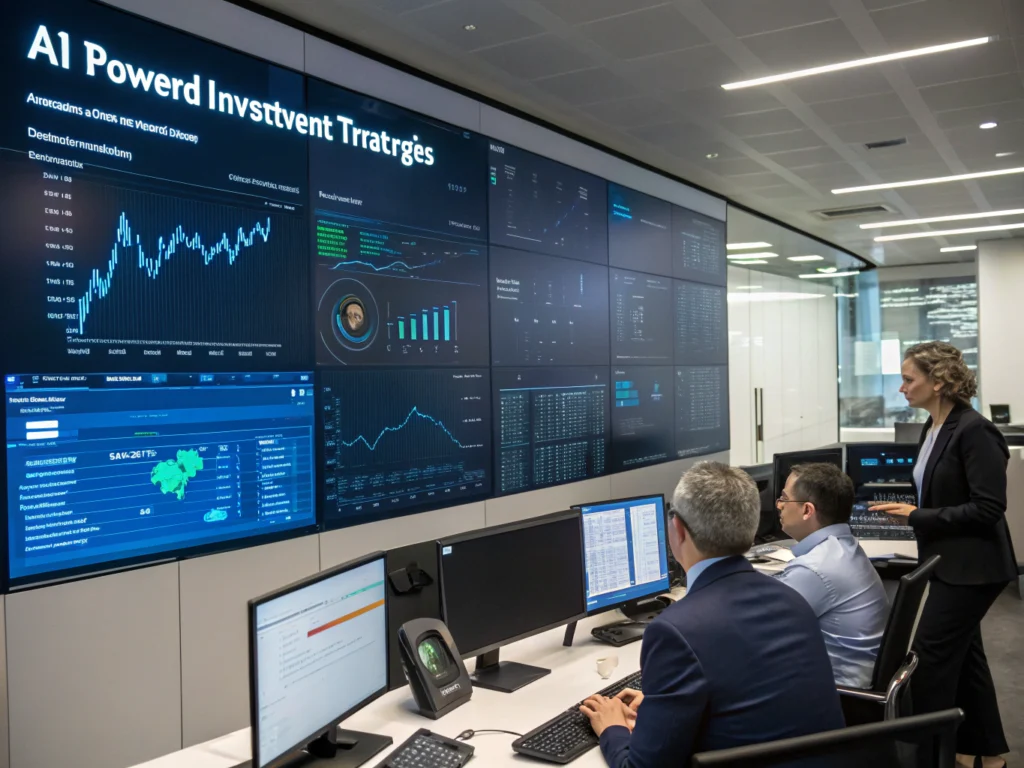
Is Your Portfolio Missing This Critical Edge? The Rise of AI-Powered Investment Strategies
Have you ever wondered if there’s a way to make smarter, faster investment decisions? In today’s rapidly evolving financial landscape, traditional investment methods are facing a powerful new challenger: artificial intelligence. The question isn’t if AI will impact investing, but how dramatically. AI-Powered Investment Strategies are no longer a futuristic concept; they’re a present-day reality reshaping how we approach wealth management and portfolio growth. This post delves deep into the world of algorithmic trading, machine learning investing, and robo-advisors, exploring their potential, challenges, and what they mean for both seasoned investors and those just starting out.
Key Concepts & Trends
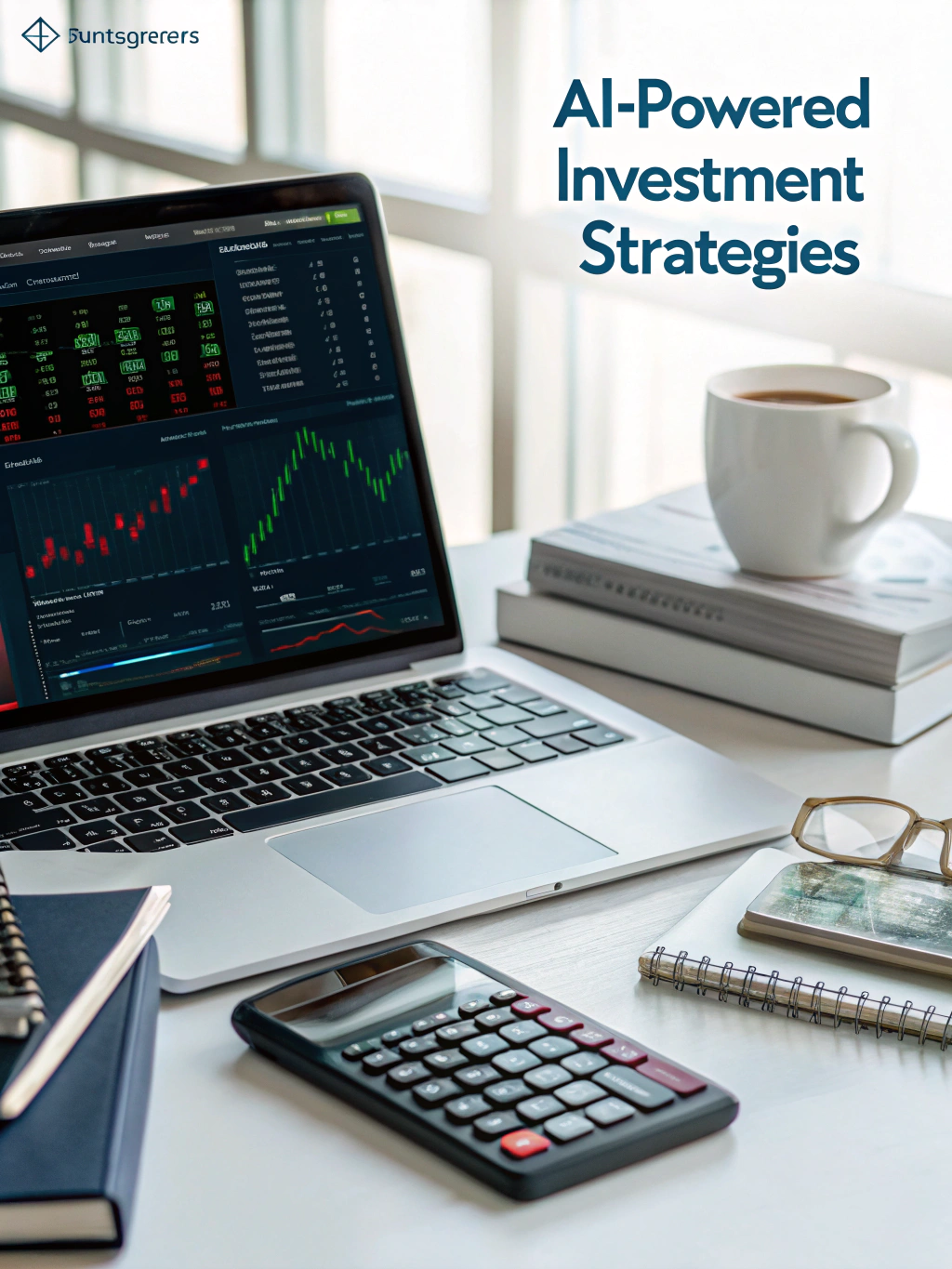
The core of AI-Powered Investment Strategies lies in leveraging sophisticated algorithms and machine learning models to analyze vast amounts of data – far exceeding human capabilities. This data can encompass historical market trends, economic indicators, news sentiment, social media chatter, and even alternative data sources like satellite imagery.
Algorithmic Trading, a foundational element, uses pre-programmed instructions (algorithms) to execute trades based on specific parameters. Imagine a system that automatically buys when a stock dips below a certain level and sells when it reaches a target price – no emotional decision-making involved. This speed and precision are game-changers.
Machine Learning Investing takes it a step further. Instead of relying on static rules, ML algorithms learn from data, continuously refining their strategies to adapt to changing market conditions. Think of it like teaching a computer to identify patterns in financial data that humans might miss. For instance, a machine learning model might identify subtle correlations between seemingly unrelated events (like consumer sentiment and oil prices) to predict market movements.
Robo-Advisors are a readily accessible entry point to AI-driven investing. These platforms use algorithms to build and manage investment portfolios based on an investor’s risk tolerance, financial goals, and time horizon. They democratize access to sophisticated investment strategies, previously exclusive to high-net-worth individuals. Major players like Betterment and Wealthfront have demonstrated considerable growth, showcasing the increasing demand for automated financial advice. Furthermore, the rise of decentralized finance (DeFi) is creating new avenues for AI to be applied, enabling sophisticated automated strategies in areas like yield farming and liquidity provision.
Data & Market Insights
The market for AI in investment management is booming. A recent report by Grand View Research projects the global AI in investment management market to reach $25.7 billion by 2030, growing at a CAGR of 23.4%. This explosive growth is driven by increasing data availability, advancements in AI and machine learning technologies, and the demand for more efficient and data-driven investment solutions.
Consider BlackRock’s Aladdin platform, used by thousands of institutional investors. Aladdin utilizes AI and machine learning to manage risk, optimize portfolios, and provide investment insights. The platform analyzes data from multiple sources to provide a holistic view of an investment portfolio, identifying potential risks and opportunities.
Another compelling statistic is the adoption rate of robo-advisors. According to a report by Statista, assets under management (AUM) in the robo-advisor space reached $1.7 trillion globally in 2022, demonstrating strong investor confidence in AI-driven financial management.
[Please insert image of an infographic showcasing the growth of the AI in investment management market, highlighting key statistics and market trends.]
Smarter Strategies & Alternatives
Beyond traditional robo-advisors, several alternative platforms and approaches leverage AI. Quantitative hedge funds are increasingly relying on complex algorithms to identify and exploit market inefficiencies. AI is also being used to enhance fundamental analysis by processing massive amounts of textual data from company filings, news releases, and analyst reports to identify hidden investment opportunities.
For individual investors, platforms offering AI-powered portfolio analysis and asset allocation tools are becoming more accessible. Tools that provide personalized investment recommendations based on individual financial situations are emerging, bridging the gap between sophisticated institutional strategies and retail investors. Moreover, smart contract-based investment strategies within DeFi platforms offer the potential for truly automated and transparent trading, although these carry higher risk profiles.
Use Cases & Applications
The applications of AI-Powered Investment Strategies extend beyond traditional stock and bond investing. In the cryptocurrency market, AI is used for sentiment analysis to gauge market hype, predictive modeling to forecast price movements, and risk management to mitigate volatility.
Startups like Numerai are revolutionizing investment by leveraging a global network of data scientists who build and submit machine learning models to trade cryptocurrencies. These models are then ranked based on their performance, and the top performers are rewarded.
Enterprise-level financial institutions are employing AI to automate tasks like fraud detection, risk assessment, and compliance monitoring. AI-powered chatbots are also being used to provide personalized financial advice to clients.
Common Mistakes to Avoid
While the potential of AI is immense, several pitfalls can derail AI-driven investment efforts:
- Over-reliance on historical data: AI models can be susceptible to “black swan” events – unpredictable, high-impact events that haven’t been seen in the historical data.
- Data quality issues: Garbage in, garbage out. The accuracy and reliability of AI models depend heavily on the quality of the data they are trained on.
- Lack of transparency: The “black box” nature of some AI algorithms can make it difficult to understand how decisions are made.
- Ignoring human oversight: AI is a tool, not a replacement for human judgment. It’s essential to have human oversight to identify and correct errors.
Maintenance, Security & Long-Term Planning
Maintaining AI systems requires ongoing monitoring and retraining to ensure they remain accurate and effective. Cybersecurity is paramount, as AI systems are vulnerable to hacking and data breaches. Data privacy regulations, such as GDPR, must also be carefully considered.
Diversification remains crucial. Don’t rely solely on AI-driven strategies. A diversified portfolio across different asset classes and investment styles will help mitigate risk. Regular portfolio reviews and adjustments based on changing economic conditions and market trends are essential.
Summary & Key Takeaways
AI-Powered Investment Strategies are transforming the financial landscape, offering the potential for smarter, faster, and more efficient investment decisions. From algorithmic trading to robo-advisors and DeFi applications, AI is reshaping how we manage wealth.
However, it’s vital to approach AI-driven investing with caution, being aware of potential pitfalls and the importance of human oversight.
Ready to explore further? What are your thoughts on AI-Powered Investment Strategies? Share your experiences and insights in the comments below! You can also explore related resources and tools [insert link to a curated list of AI investment resources].
FAQs
Is it too late to invest in crypto? While the cryptocurrency market is volatile, AI is playing an increasing role in analyzing market trends and identifying potential investment opportunities. However, it’s crucial to remember that crypto investment involves significant risk, and thorough research is essential.
How can small businesses use AI? Many AI-powered tools can help small businesses with tasks like marketing, customer service, and financial management. For example, AI-powered chatbots can handle customer inquiries, while AI-driven marketing platforms can optimize advertising campaigns.
What tech stacks scale best? Cloud-based tech stacks, such as those built on AWS, Azure, or Google Cloud, offer excellent scalability for AI applications. These platforms can easily handle increasing data volumes and computational demands.
Share this content:


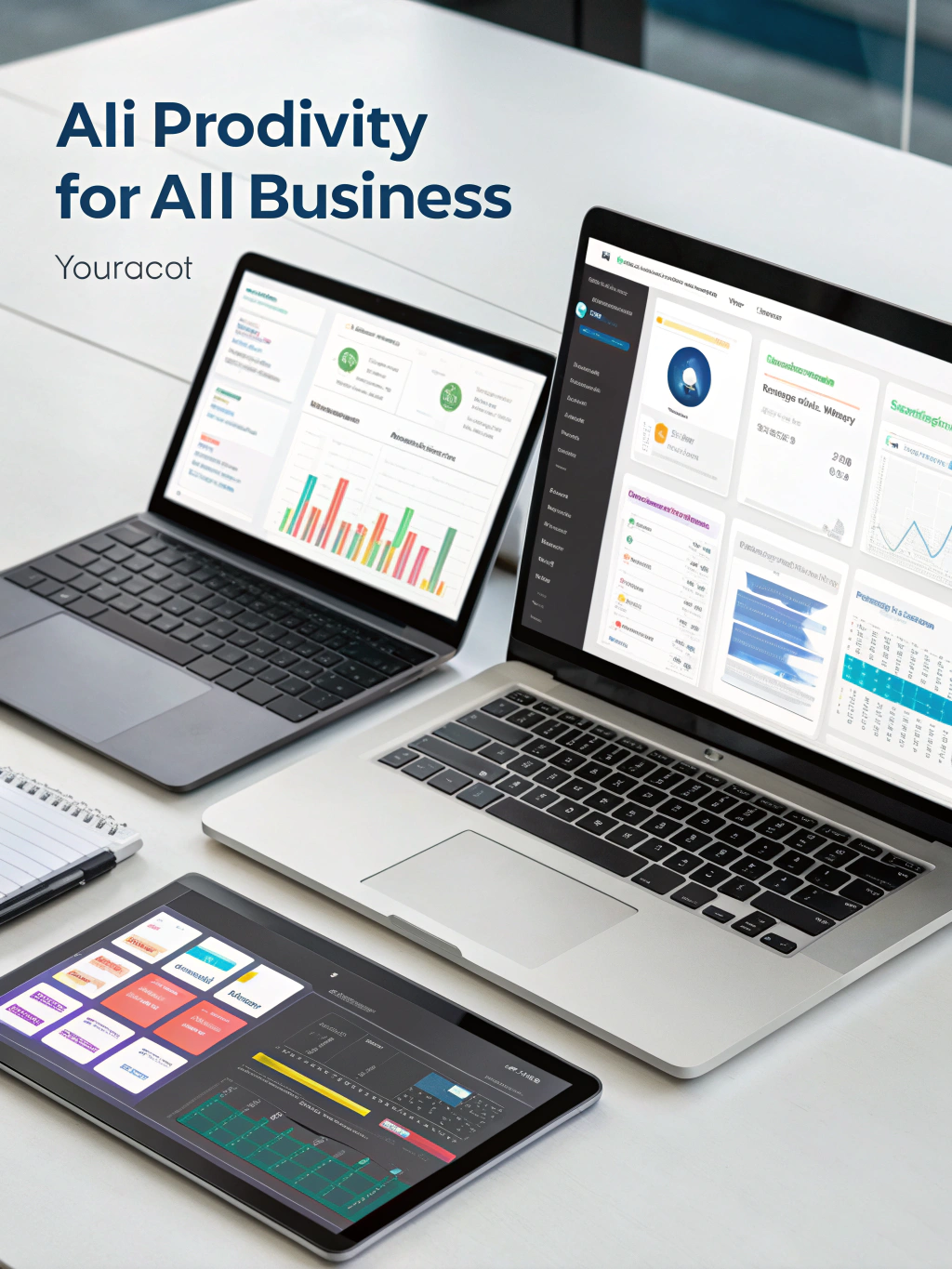
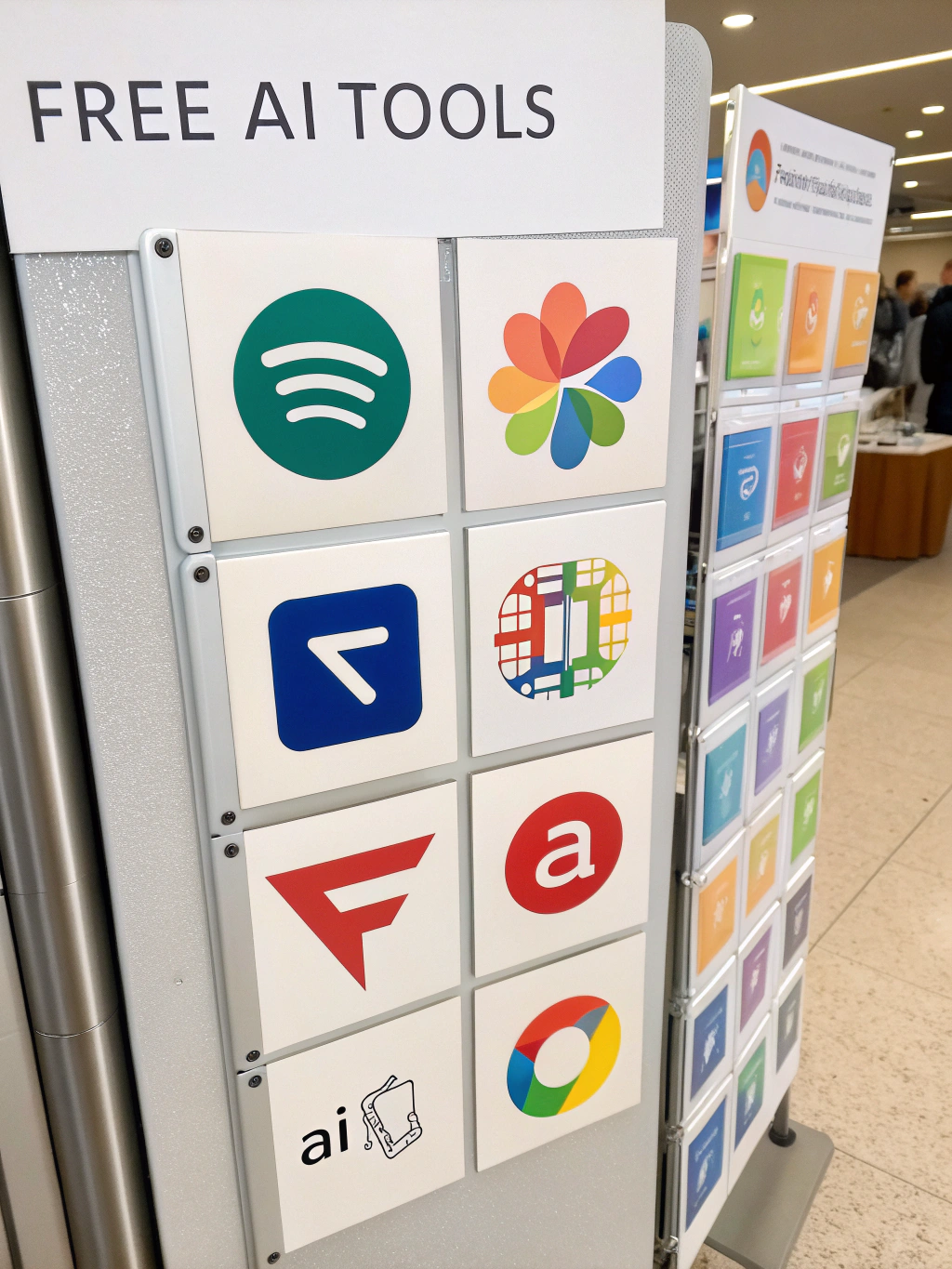






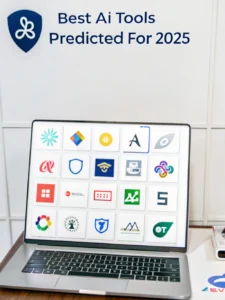

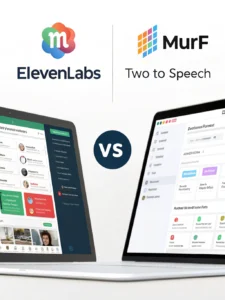

Post Comment